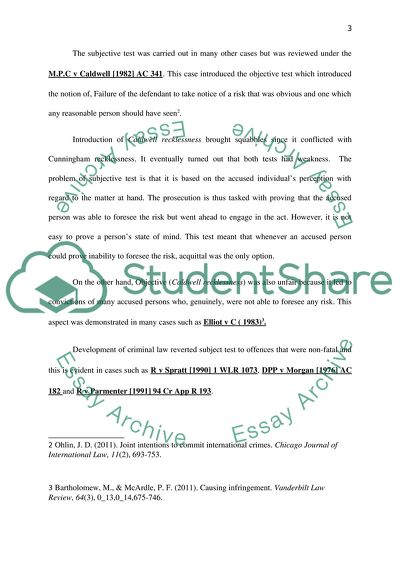Cite this document
(“Criminal Law Coursework Example | Topics and Well Written Essays - 2500 words”, n.d.)
Criminal Law Coursework Example | Topics and Well Written Essays - 2500 words. Retrieved from https://studentshare.org/law/1687780-criminal-law
Criminal Law Coursework Example | Topics and Well Written Essays - 2500 words. Retrieved from https://studentshare.org/law/1687780-criminal-law
(Criminal Law Coursework Example | Topics and Well Written Essays - 2500 Words)
Criminal Law Coursework Example | Topics and Well Written Essays - 2500 Words. https://studentshare.org/law/1687780-criminal-law.
Criminal Law Coursework Example | Topics and Well Written Essays - 2500 Words. https://studentshare.org/law/1687780-criminal-law.
“Criminal Law Coursework Example | Topics and Well Written Essays - 2500 Words”, n.d. https://studentshare.org/law/1687780-criminal-law.


